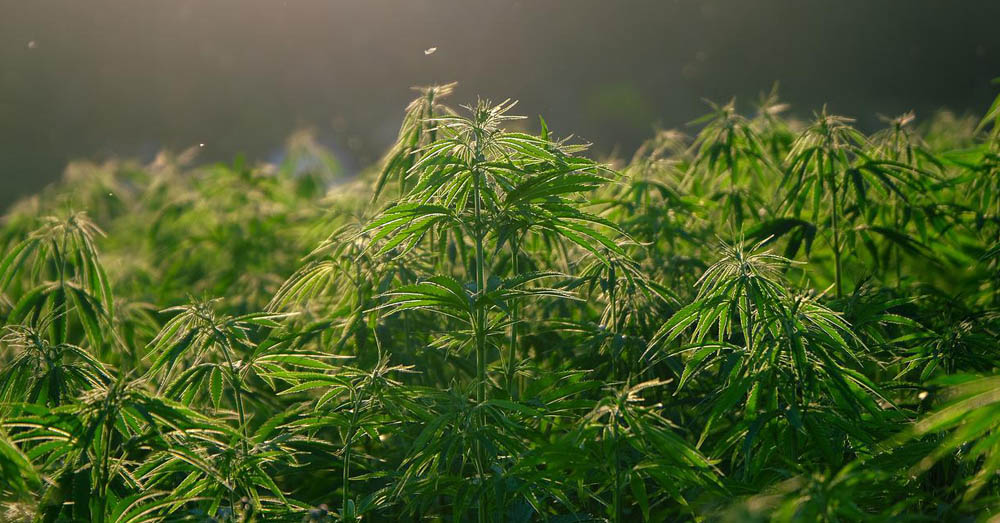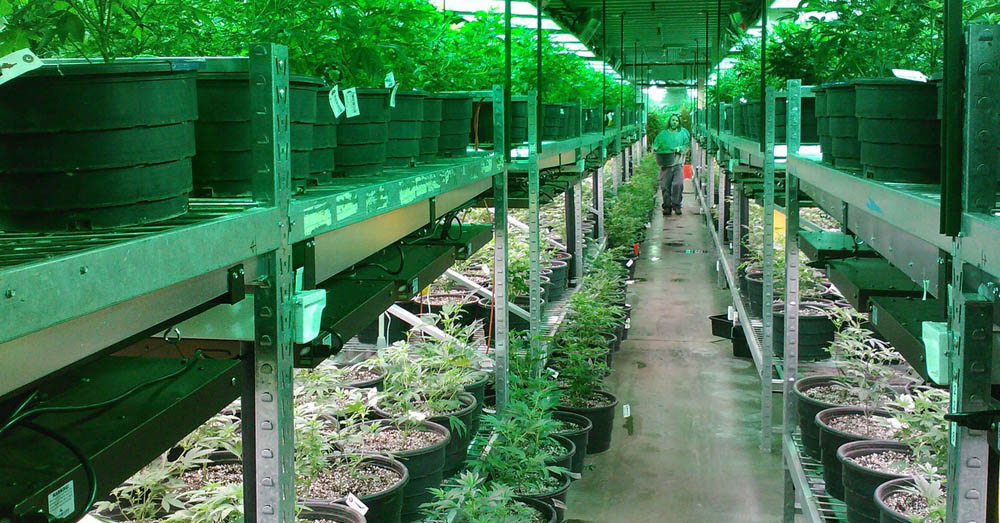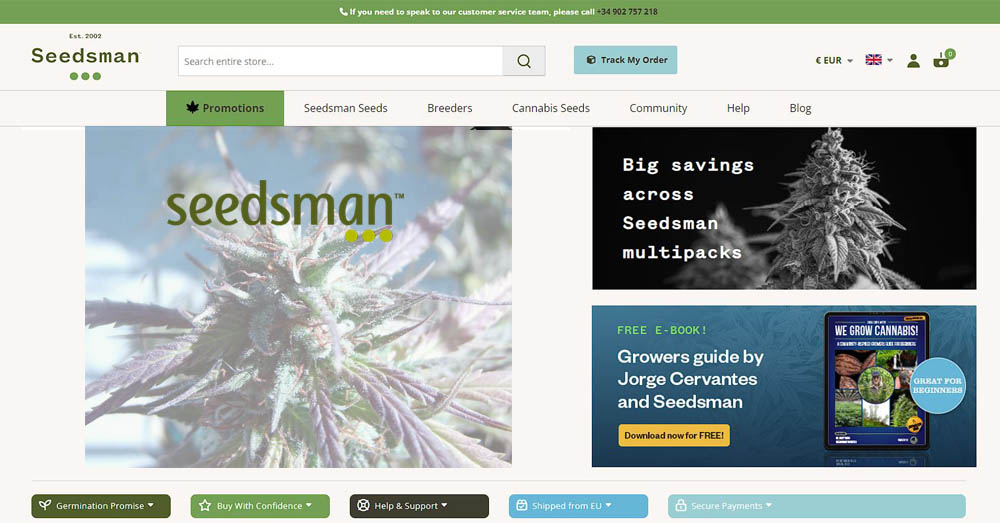Professional growers know the importance of controlling humidity levels in their 4×4 grow tent. In every stage of the plant’s growth, there’s always a different level to help the plants thrive.
It’s challenging at first, especially if you don’t know the do’s and don’ts. It could lead to your plant dying or, worse, having mold growth.
Today, we’re here to help you understand humidity and the other factors that affect it. Keep reading, and let’s get started!
How to Control Humidity in a Grow Tent
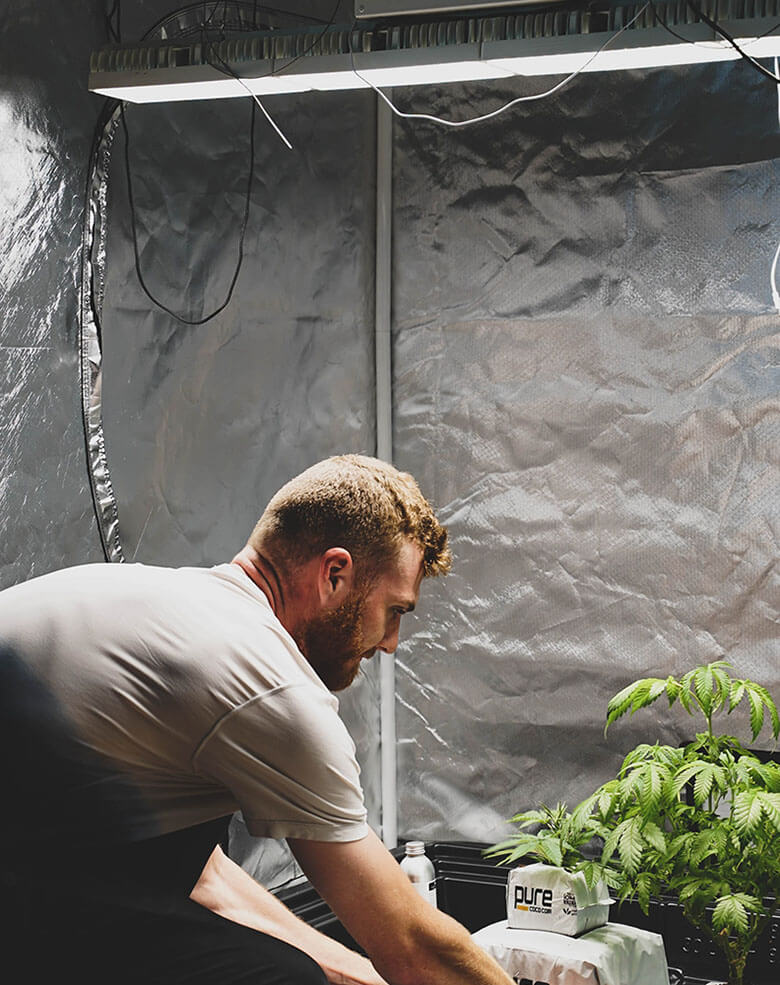
Humidity refers to the amount of water vapor in the air. In general, high humidity levels mean high water vapor. In contrast, a lower humidity level equals a low water vapor.
In reality, however, water isn’t the only factor that affects humidity. It’s just one aspect, including other factors like air circulation and temperature.
Understanding how all these factors work together is vital for your humidity levels. We’ve listed some helpful tips below to help you get started.
1) Don’t Overwater
An amateur planter would think the more water their plant gets, the better.
Unfortunately, this isn’t true. If at all, overwatering plants do the opposite of what they’d hope to achieve.
Overwatering your plant helps increase the humidity inside the grow tent. When this happens, the leaves become damp.
In worse cases, mold grows on the branches and down to the root. Yikes! Make sure to clean your grow tent immediately when this happens.
Refrain from overwatering your indoor plants. Know how much water intake your plants prefer and stick to it. You’re not helping your plant grow any faster by overwatering.
2) Control the Surrounding Temperature
Humidity is directly affected by the temperature inside grow tents. The colder it is inside, the lower humidity in a grow tent.
We always recommend putting temperature reading devices inside a grow room. Doing this helps you know the grow room temperature.
It’s easy to adjust temperature inside the grow room based on the reading. This eliminates the need for you to guess what to do next.
We highly recommend foam insulation inside your grow room to maintain a cool and stable ambient temperature.
Another factor you’d want to consider is your grow lights.
Is it contributing to the heat inside your indoor gardening setup? If it is, then it might be raising humidity inside your grow space.
Alternatively, you can also check out grow tent heaters to help control the humidity levels.
3) Check Plant Density
Plants naturally release carbon dioxide. The more plants you have in your grow rooms, the more carbon dioxide is released into the air.
Unfortunately, too much carbon dioxide affects your plants because it affects the temperature and humidity levels inside your grow space.
It can increase humidity and affect how your plants grow. We all know that excess humidity is bad and can result in mildew growth and even fungal growth.
You can avoid this problem by moving your plants around. Transfer some of your pots to a different grow tent, especially those with big leaves and branches.
Avoid overcrowding your plants to keep tent humidity at a stable level. You’ll see happy and healthy plants inside your grow room in no time.
4) Use a Humidifier or Dehumidifier
Humidifiers and dehumidifiers are very handy to have around the house. Did you know you can also use them inside your grow tent?
It can help your plants survive by lowering and raising the humidity inside.
Dehumidifiers are perfect for grow rooms that have too much moisture inside. More moisture equals excessive humidity, which is not ideal for flowering plants.
If you’re serious about planting and want balanced humidity levels, we recommend investing in a good dehumidifier.
It’s a simple solution that can make your indoor growing experience better.
On the other hand, if your indoor growers require more moisture, we suggest getting a humidifier.
It can help increase humidity in your grow rooms, which is perfect for plants in their initial growing cycle.
5) Improve Ventilation
Whenever we talk about indoor planting, grow tent ventilation is always up for discussion.
Plants grown indoors don’t face the same environmental factors as outdoor plants. They need to rely on grow lights and proper ventilation systems to survive.
A good ventilation system results in better air movement and flows inside the grow tent. It ensures warm air or cool air doesn’t stay inside too long.
A good ventilation system comes in two parts: an input and an exhaust fan.
Input fans pull air from the outside going in. They are responsible for bringing fresh air to your plants. Exhaust fans, on the other hand, provide a way for air to cycle from the inside out.
6) Add an Air Conditioner
We know this solution sounds a little extra, especially to amateur indoor growers.
But if you’re serious about what you’re doing, having a good air conditioning unit might make or break your gardening experience.
Air conditioners blow cool air that helps lower humidity. This is perfect for mature plants that require lower humidity than other plants.
But too much cool air can produce too much water vapor, resulting in poor growth in some plants.
Remember that having an AC isn’t always a good thing because it may also cause a temperature rise inside the tent.
This is especially true if the motor is also inside the grow tent. This will lead to an unstable growing environment while temperatures rise.
Nevertheless, if you decide to get an air conditioner for your grow tent, clean the filters every so often.
7) Remove Stagnant Water
Standing water is every indoor grower’s number one enemy, whether in an outdoor or indoor growing setup.
Standing water collects dirt and dust, and sometimes even pests. It’s also a breeding ground for bacteria and even molds!
Now, these are things we don’t want around our plants.
Make sure you don’t have stagnant water inside your grow tent. Having a proper drainage system can get rid of this problem.
Remember, water evaporates and increases humidity in grow tents. If you already have excessive humidity inside your grow tent, having stagnant water around won’t solve the problem.
Why Is It Important to Control Humidity Levels?
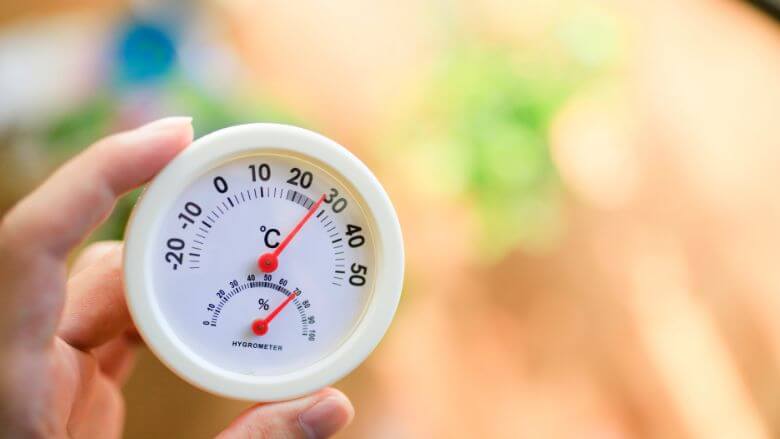
Knowing the humidity level your plant requires is key to happy and successful growth.
This is especially true for indoor gardening setups, where you’re in charge of giving everything your plant needs:
- Water
- Light
- Humidity
- Air circulation
This is why you must utilize some of the best accessories for your grow tent.
Keep in mind that plants in different grow cycles require different humidity levels.
What’s the Ideal Humidity in a Grow Tent?
There’s no single humidity level where all plants can thrive.
If you’re starting from scratch, you must keep the humidity in your grow tent at least 80%. Seedlings require more moisture to prevent their roots from drying out.
The humidity level ranges from 50% to 70% for plants already at the vegetative stage. The roots are more or less established and won’t need higher humidity levels.
Once your plants reach the flowering stage, humidity levels start to decrease. On average, it ranges between 40% to 50%.
The humidity level is less demanding than seedlings, which require high humidity.
PRO TIP: Segregate your grow tent according to your plants’ growth: seedling, vegetative stage, or flowering stage.
What Are the Signs That Humidity Is Too Much or Too Low?

More often than not, your plants start showing external manifestations when the humidity levels are too low or too high.
To a trained eye, spotting these manifestations is as easy as reading. But for beginners, knowing the difference between a yellowing leaf and a drooping leaf is vital.
Low Humidity
Certain telltale signs would show that your plant receives less humidity than it needs.
One of the biggest signs is when the tips of your leaves start to brown or look burnt. There’s not enough moisture around for the plants and roots to absorb.
Another sign is when you notice a slow growth of your plant or even a complete stop. When this happens, it’s time to consider raising humidity levels to promote plant growth.
Here’s what you can do to avoid low humidity:
- Lower the internal temperature
- Use a humidifier or a fan
- Put water sources around the grow tent, such as a water tray or a clean damp sponge
High Humidity
Unlike low humidity levels, high humidity means having more moisture in the grow tent. Excess moisture is bad for plants but can lead to bud rot, root rot, and even plant decay.
Your grow tent can become a breeding ground for molds, especially if there’s no proper airflow and oscillating wall fans.
It can increase the humidity inside your indoor grow room, and molds can start forming in the roots.
When this happens, your plants become beyond saving. You might also notice that the leaves are often damp. You might also see a white powder-looking substance if they aren’t damp.
Here’s what you can do to avoid high humidity:
- Use a dehumidifier
- Don’t overwater your plants
- Put more vents on your grow tent
Frequently Asked Questions
We’ve answered some of the FAQs we get about humidity levels, which we think will help you.
How Can You Monitor Grow Tent Humidity?
Most professional growers know how to detect/measure humidity levels without using a reader. It shows how much time and effort they’ve dedicated to their indoor growing plants.
But regardless if you’re a professional or a beginner, having a humidity reader is always handy.
A reader can measure your humidity levels, so you know exactly how much moisture your grow tent has.
Not to mention, you don’t have to risk your plants dying just because of a guess.
There are a lot of readers out there that can accurately determine the humidity levels of your grow tent. Some even come equipped with features like Bluetooth sensors and trackers!
Whether you choose a manual or an automatic reader, ensure the readings are reliable and accurate.
PRO TIP: Place readers in different areas of your grow tent to know which areas you need to lower or raise humidity.
What’s the Difference Between Relative Humidity and Vapor Pressure Deficit (VPD)?
Relative humidity deals directly with hot temperature and saturation level. Relative humidity levels are determined by the amount of moisture in the air relative to the moisture hot air holds.
Hot air typically holds moisture better, which turns to humidity.
On the other hand, vapor pressure deficit deals with the amount of moisture saturation. It’s measured by how much moisture is in the air and how much it can hold when it is saturated.
Conclusion
Keeping the relative humidity inside grow tents may be challenging, but it’s not something growers can’t handle.
As long as they know how to help their plants survive and maintain a good nutrient uptake for their plants, they should be all good.
Now that we’re through, it’s time to get to your grow tent and start planting!
We hope you learned a lot from this article! Let us know how you control the humidity in your grow tent. We’d love to know your secret.


